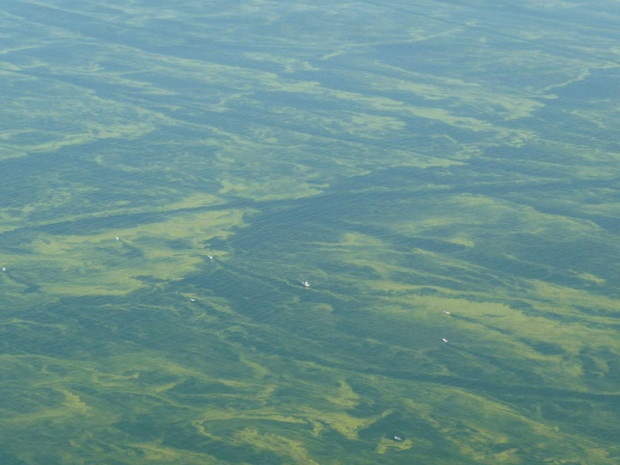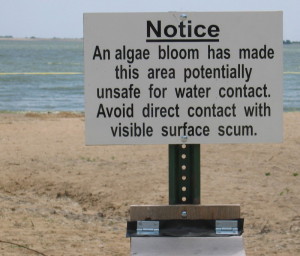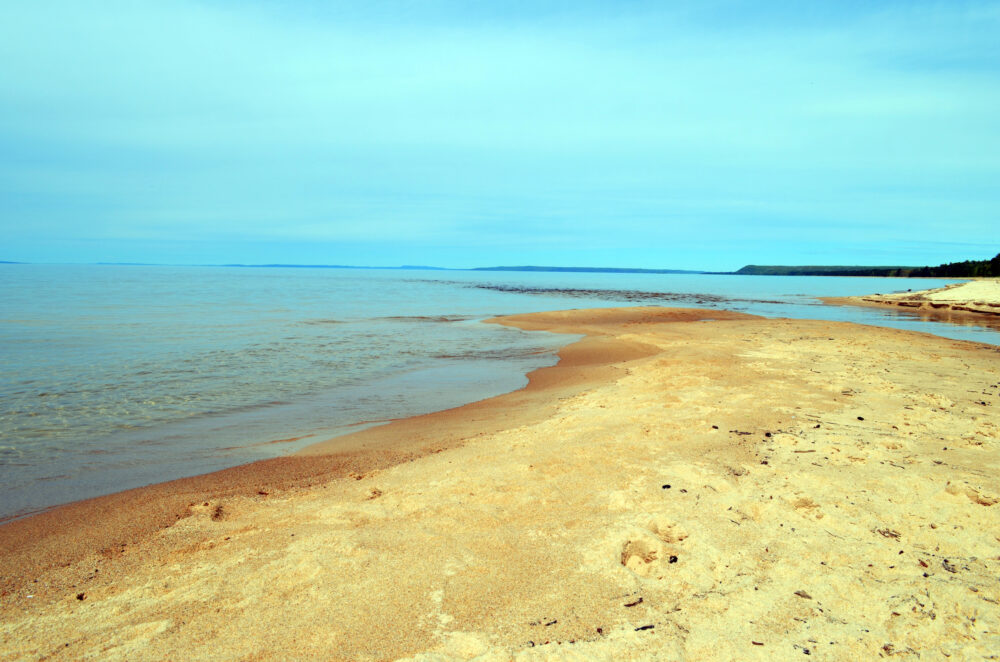We have much more to do and your continued support is needed now more than ever.
Protecting Wildlife from Freshwater Harmful Algal Blooms
With spring here and summer on the way, many outdoor opportunities beckon, in particular recreation out on our lakes, rivers and streams. But warmer and longer days also mean the potential for a significant water problem: harmful algal blooms. These blooms typically consist of cyanobacteria (in contrast to “good” or edible algae), and the toxins they produce can kill pets and wildlife and can also threaten human health. While there is evidence for an increased scope of harmful blooms in recent years, it has not been clear to what extent states are monitoring for freshwater blooms.

- All the states responding (39 including the District of Columbia) considered blooms to be a problem, with the majority ranking it as “serious”, and the majority reporting harmful blooms were a yearly occurrence.
- While approximately half the states reported actively monitoring some public access water bodies or waters that have experienced harmful blooms in the past, only one state (Nebraska) monitors all public access water bodies.
- The majority (22) of responding states reported relying (at least in part) on members of the public and local municipalities to report blooms, while nearly one-third reported relying exclusively on public and municipality reporting of harmful blooms. Over three-fourths (30) of responding states reported they do not have a hotline for public reporting of harmful blooms. (At least one of the non-responding states – Ohio – does report harmful blooms via a regularly updated Web site.)
- While the majority of responding states (27) provide harmful bloom information to those who request it, other actions (e.g., alerting of local media or posting of water bodies) were less common, and only two states (Kansas and New York) reported using social media (e.g. Facebook or Twitter) for bloom-related announcements.

In addition, further efforts are needed to reduce the causes of freshwater harmful blooms, including nutrient inputs from agriculture and other sources. Addressing these sources is increasingly important given the potential for climate change to exacerbate harmful bloom problems, as described in an NWF report on Lake Erie and noted in the newly released National Climate Assessment.
In addition, we identified increased activities needed at the federal level, including development of a federal clearinghouse of information on harmful blooms, and increased federal funding, including through passage of the Harmful Algal Bloom and Hypoxia Research and Control Act.
![]() Help protect Great Lakes wildlife and waters. Donate to the NWF’s Great Lakes Regional Center today.
Help protect Great Lakes wildlife and waters. Donate to the NWF’s Great Lakes Regional Center today.
Learn more
Sites for additional information on freshwater harmful algal blooms include Toxic Algae News (from Resource Media) and U.S. EPA.






















